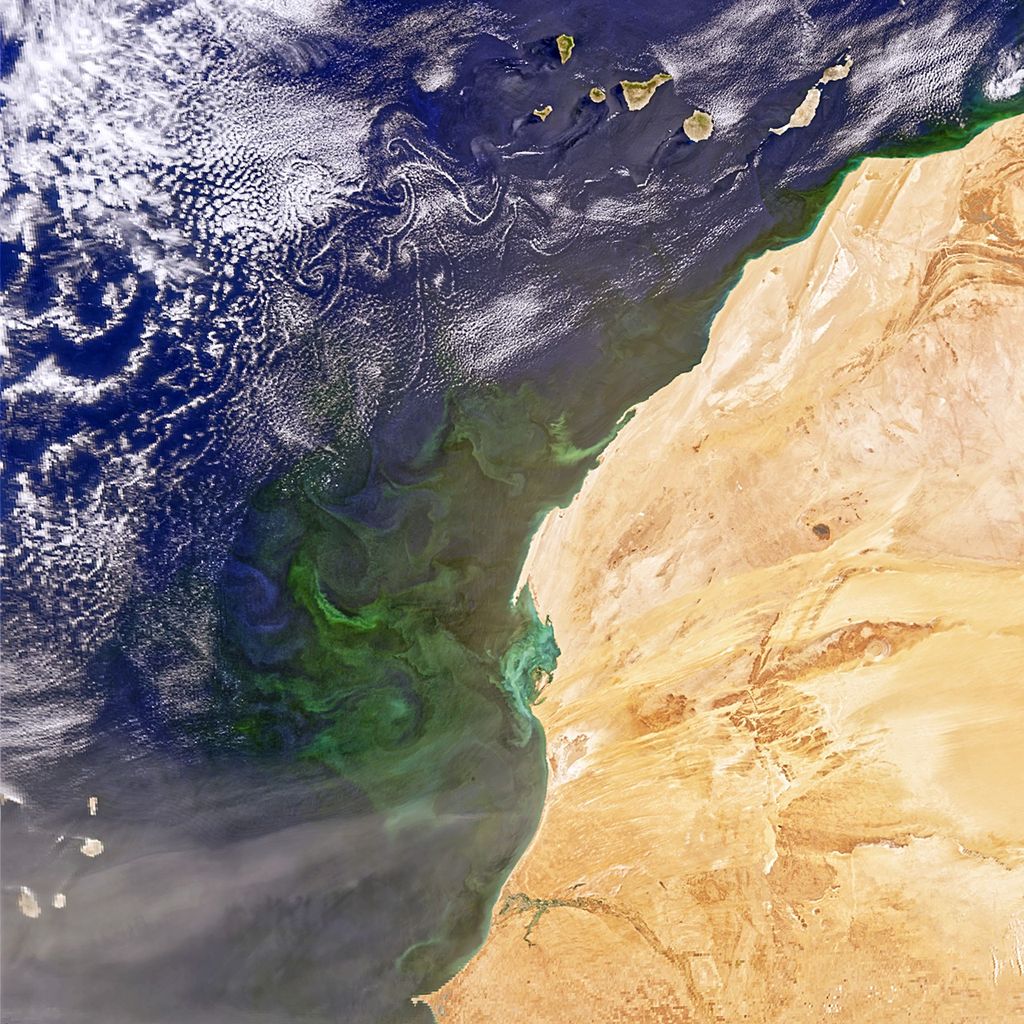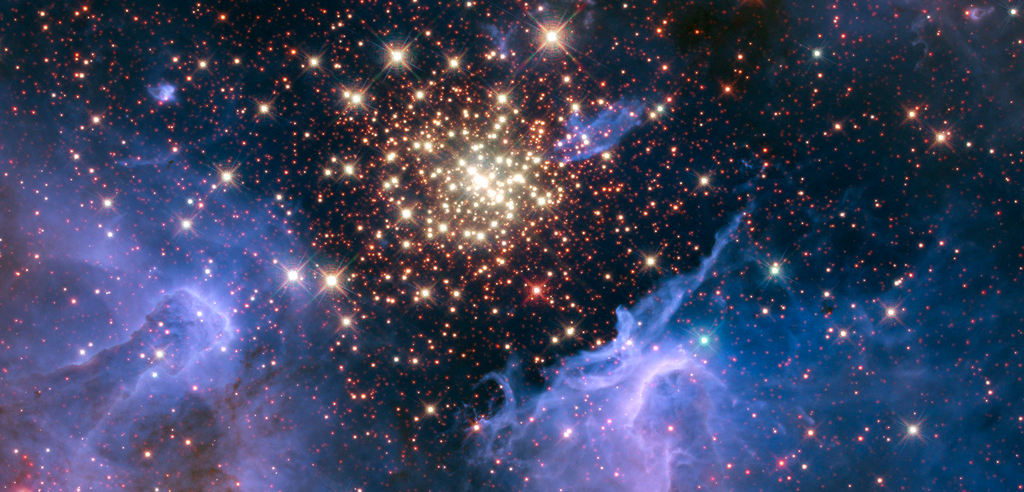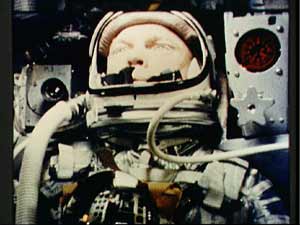Mission: FRIENDSHIP 7
Launch Pad: LC-14
Vehicle: Atas (6)
Crew: John H. Glenn, Jr.
Milestones:
August 27, 1961 – Capsule arrived at Cape Canaveral Air Force Station, Florida
February 15, 1962 – Flight safety review
February 20, 1962 – Launch
Payload:
Spacecraft No. 13, Launch Vehicle Number 109-D
Mission Objective:
Place a man into Earth orbit, observe his reactions to the space environment and safely return him to Earth to a point where he could be readily found. The Mercury flight plan during the first orbit was to maintain optimum spacecraft attitude for radar tracking and communication checks.
Orbit:
Altitude: 162.2 x 100 statute miles
Inclination: 32.54
Orbits: 3
Period: 88 minutes, 29 seconds
Duration: 0 Days, 4 hours, 55 min, 23 seconds
Distance: 75,679 statute miles
Velocity: 17,544 miles per hour
Max Q: 982 psf
Max G: 7.7
Launch:
February 20, 1962. 9:47:39 am EST. Cape Canaveral Launch Complex 14. Powered flight lasted 5 minutes 1 second and was completed normally.
The Mercury countdown began on January 27, 1962 and was performed in two parts. Precount checks out the primary spacecraft systems, followed by a 17.5 hour hold for pyrotechnic checks, electrical connections and peroxide system servicing. Then the countdown began. The launch countdown proceeded to the T-13 minute mark and then was canceled due to adverse weather conditions. After cancellation, the mission team decided to replace the carbon dioxide absorber unit and the peroxide system had to be drained and flushed to prevent corrosion. Launch vehicle systems were then revalidated and a leak was discovered in the inner bulkhead of the fuel tank that required 4-6 days to repair. The launch was rescheduled to Feburary 13, 1962 and then to February 14, 1962 for all the bulkhead work to complete. The precount picked up again on February 14, 1962, February 15, 1962 and February 16, 1962 but was canceled each time due to adverse weather. The launch was then rescheduled for February 20, 1962.
During the launch countdown on February 20, 1962, all systems were energized and final overall checks were made. The count started at T-390 minutes by installing and connecting the escape-rocket igniter. The service structure was then cleared and the spacecraft was powered to verify no inadvertent pyrotechnic ignition. The personnel then returned to the service structure to prepare for static firing of the reaction control system at T-250 minutes. The spacecraft was then prepared for boarding at T-120 minutes. The hatch was put into place at T-90 minutes. During installation a bolt was broken, and the hatch had to be removed to replace the bolt causing a 40 minute hold. From T-90 to T-55 final mechanical work and spacecraft checks were made and the service structure was evacuated and moved away from the launch vehicle. At T-45 minutes, a 15 minute hold was required to add fuel to the launch vehicle and at T-22 minutes an additional 25 minutes was required for filling the liquid-oxygen tanks as a result of a minor malfunction in the ground support equipment used to pump liquid oxygen into the launch vehicle. At approximately T-35 minutes, filling of the liquid-oxygen tanks began and final spacecraft and launch vehicle systems checks were started.
At T-10 minutes the spacecraft went on internal power. At T-6 minutes 30 seconds, a 2 minute hold was required to make a quick check of the network computer at Bermuda. The launch vehicle went on internal power at T-3 minutes. At T-35 seconds the spacecraft umbilical was ejected and at T-0 the main engines started. Liftoff occurred at T+4 seconds at 9:47:39 a.m. EST.
Landing:
Date: February 20, 1962, 14:43:02 a.m. EST
Location: 800 miles southeast of Bermuda
Details: Recovered by the destroyer USS Noa. Lookouts on the destroyer sighted the main parachute at an altitude of 5,000 feet from a range of 5 nautical miles. The Noa had the spacecraft aboard 21 minutes after landing and astronaut John Glenn remained in the spacecraft during pickup. Original plans had called for egress through the top hatch but Glenn was becoming uncomfortably warm and it was decided to exit by the easier egress path.
Mission Highlights:
The mission was successful. The first American in orbit. Total time weightless was 4 hours, 48 minutes, 27 seconds
During the flight only two major problems were encountered: (1) a yaw attitude control jet apparently clogged at the end of the first orbit, forcing the astronaut to abandon the automatic control system for the manual-electrical fly-by-wire system; and (2) a faulty switch in the heat shield circuit indicated that the clamp holding the shield had been prematurely released – a signal later found to be false. During reentry, however, the retropack was not jettisoned but retained as a safety measure to hold the heat shield in place in the event it had loosened.



























